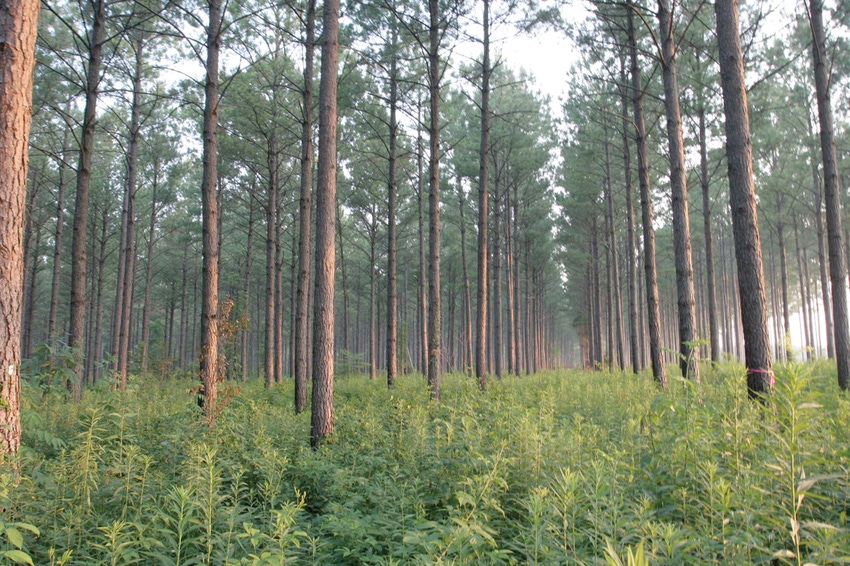
“At $1.04 billion, the preliminary harvest value is a decrease of less than 1 percent from the previous year’s harvest value,” said James Henderson, assistant Extension professor of forestry at Mississippi State University. “However, the 2011 harvest value is 19.7 percent higher than the 2009 value of $864.9 million, which was an exceptionally poor harvest year.”
December 30, 2011

Low national home construction levels and relatively dry weather resulted in a slightly lower year-end harvest value for Mississippi forest products, but the preliminary estimate still exceeds $1 billion.
“At $1.04 billion, the preliminary harvest value is a decrease of less than 1 percent from the previous year’s harvest value,” said James Henderson, assistant Extension professor of forestry at Mississippi State University. “However, the 2011 harvest value is 19.7 percent higher than the 2009 value of $864.9 million, which was an exceptionally poor harvest year.”
The effects of the recession continue to keep demand for timber, and thus timber prices, low, Henderson said.
“Home construction in the U.S. has not increased much since the housing bubble burst in 2007,” he said. “The supply of harvestable timberland has not been adversely impacted by weather in 2011, which has had a further negative impact on timber prices. 2010 pulpwood prices were exceptionally high due to low mill inventories and an unusually wet 2009-2010 winter.”
The average 2011 timber product prices at the beginning of December are 8 percent lower for pine sawtimber, 58 percent lower for hardwood and 30 percent lower for pine pulpwood compared to 2010. Hardwood sawtimber prices remained nearly unchanged, Henderson said.
Softwood and hardwood mills have a slightly high inventory in some sizes and grades and low inventory in others due to the housing slowdown and changes in demand for exports, said David Jones, assistant Extension professor of forest products at MSU. These factors have contributed to the closure of several mills.
“Several sawmills closed this year, and a few mills changed hands,” Jones said. “Currently, we have more than 100 sawmills, both hardwood and softwood, in the state. All of them are running below their capacity, but they are holding on, waiting for an economic recovery.”
The current number of mills is about a third of the number in operation in the 1990s, Jones said. Much of this reduction is based on increased efficiencies and older mills being decommissioned.
“When proposed mills related to the biofuels industry open there may be some impact on local markets, but for now, we’re watching the economy and anticipating it will continue its slow recovery,” Jones said.
The forecast for 2012 is positive, as U.S. housing starts have begun to trend modestly upward, Henderson said.
“The seasonally adjusted annual rate for October was 628,000 units,” he said. “Before the recession, starts were over 2 million and fell to a historic low of 478,000 during the spring of 2009. The Kiplinger Letter forecasts housing starts to reach 1.5 million by 2013, which should gradually improve timber prices as housing construction improves over the next several years.”
Since 1959, when the U.S. Census Bureau began to track home construction, there has never been such a prolonged depression in home construction, Henderson said.
“It appears that the long economic recovery is moving in a positive direction,” he said. “Over the next several years, home construction will benefit, as will Mississippi timber prices.”
Forest products are a highly valuable agricultural commodity in the state, second only to the poultry industry’s $2.44 billion year-end harvest value. Final agricultural commodity values will be determined in February 2012.
You May Also Like



